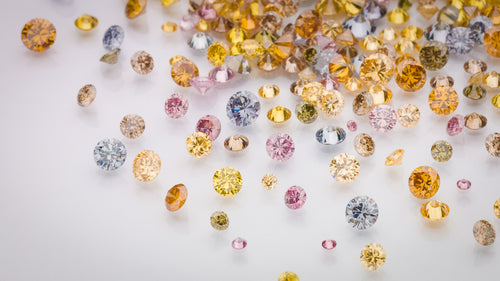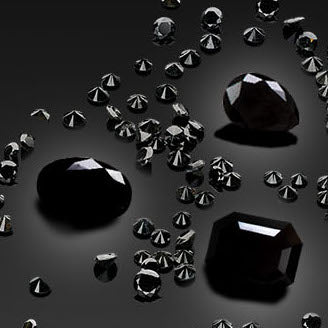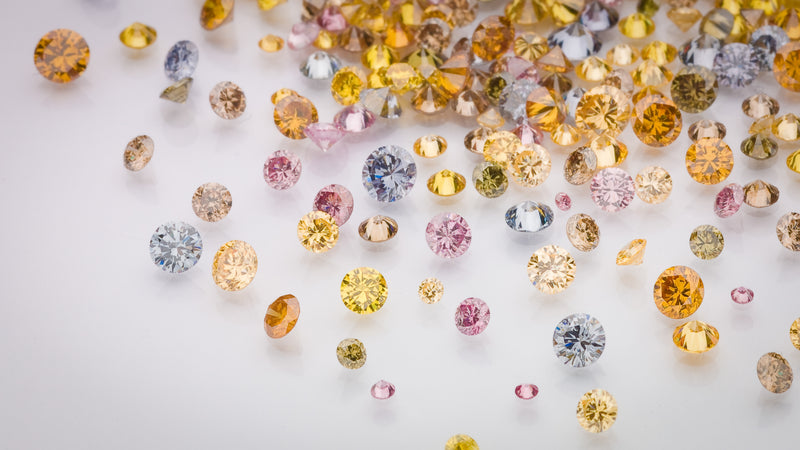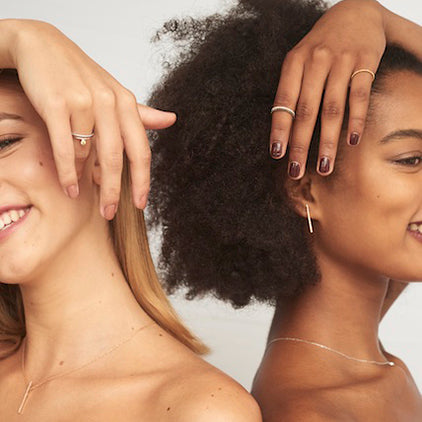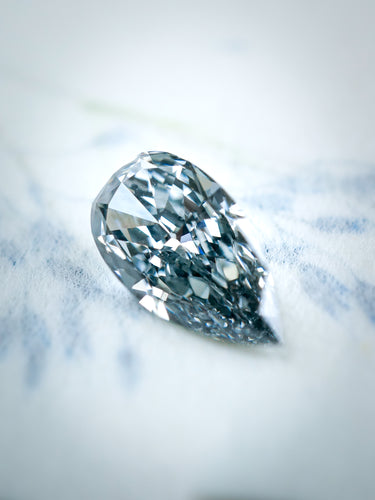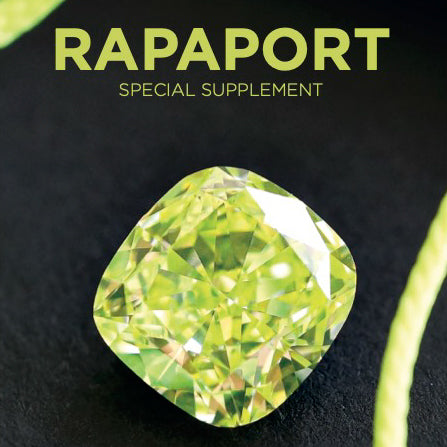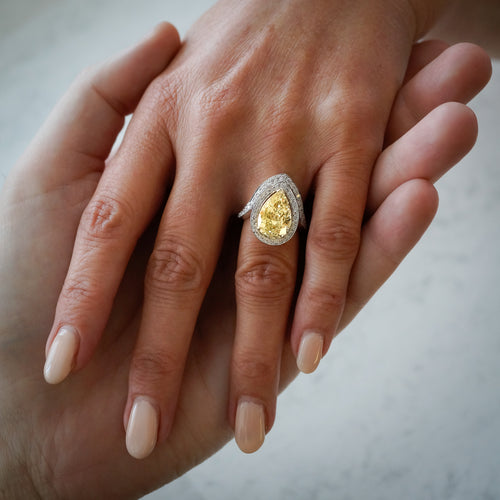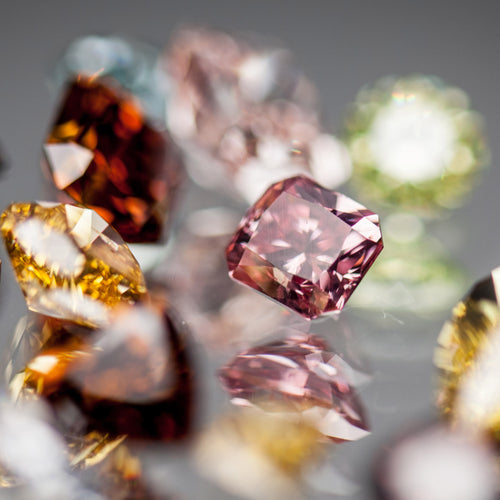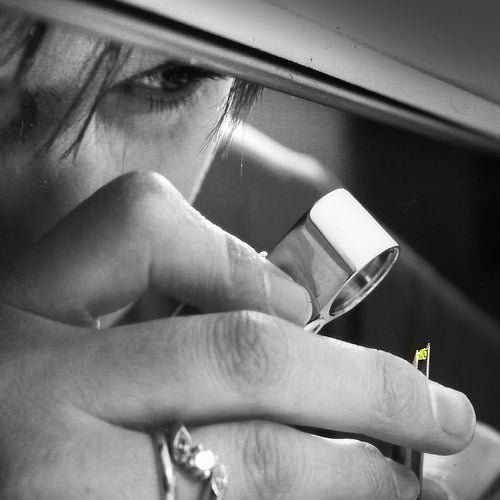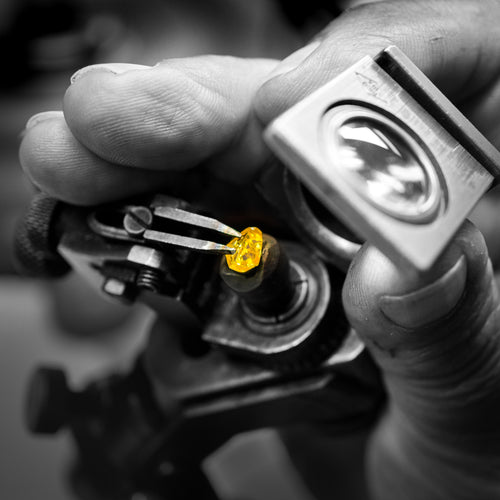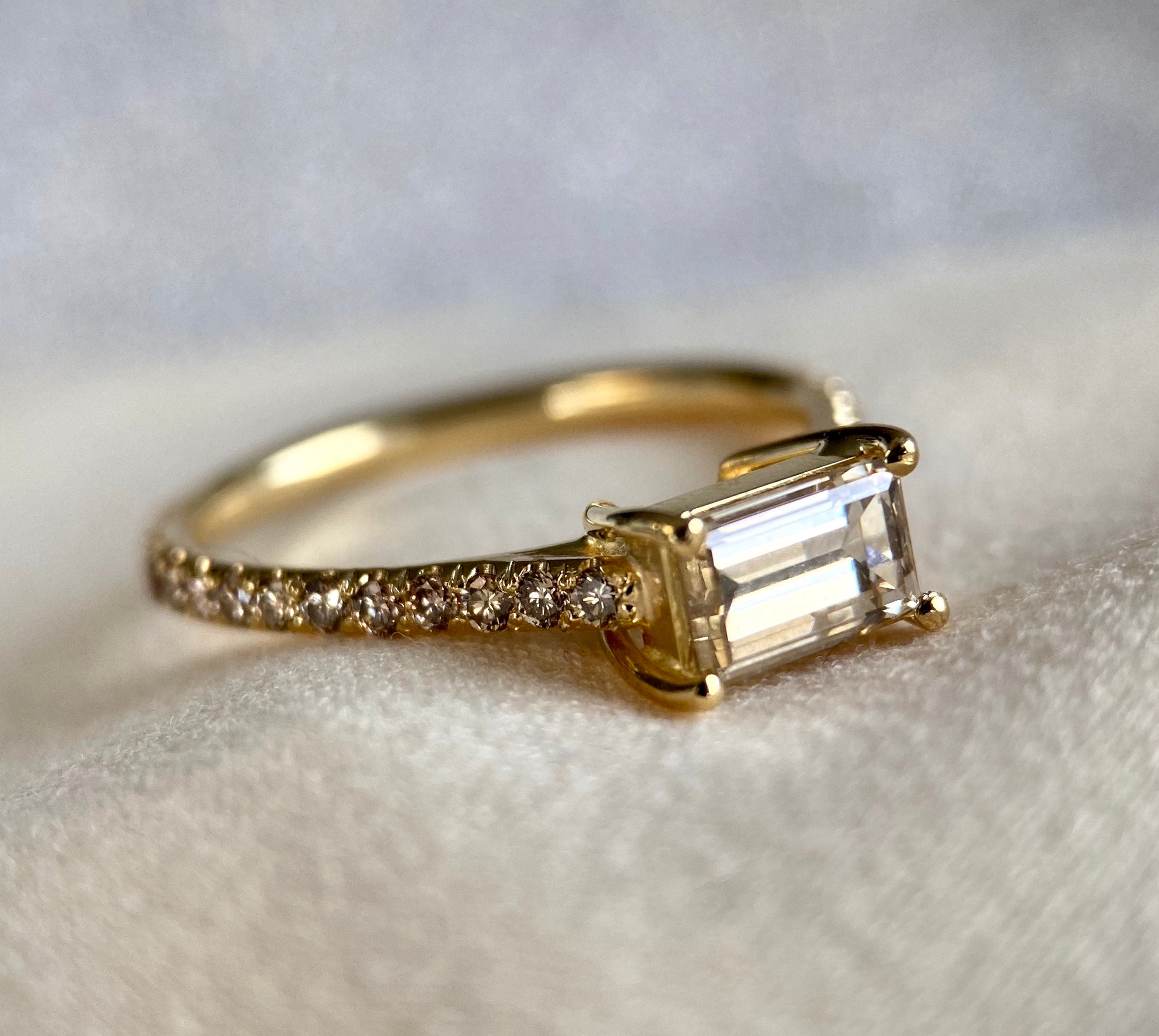


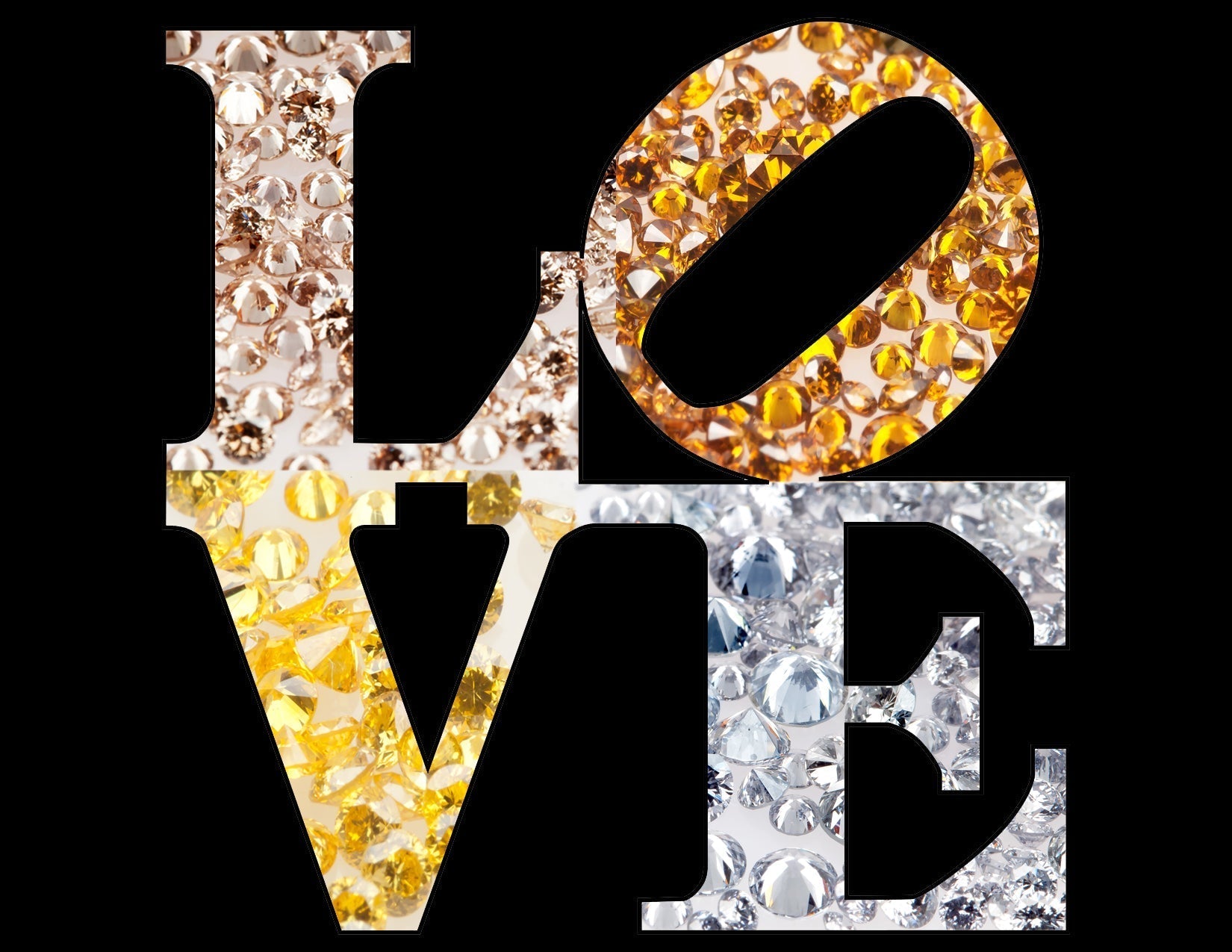
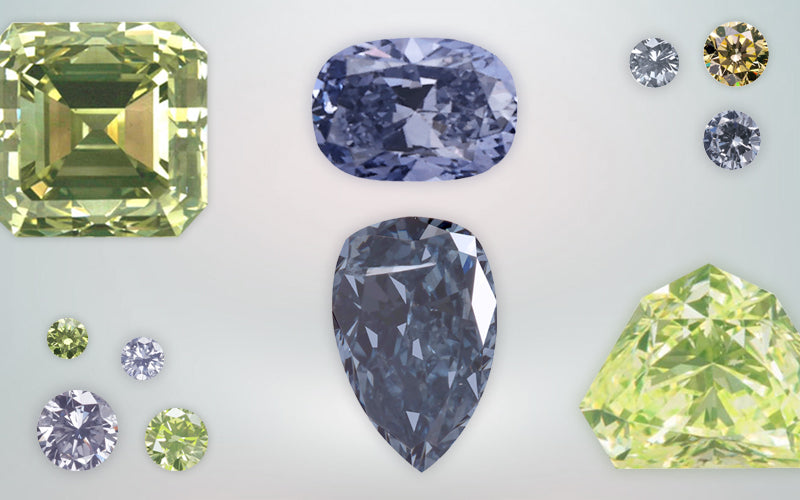

Are We All Objective When Evaluating the Color of a Diamond
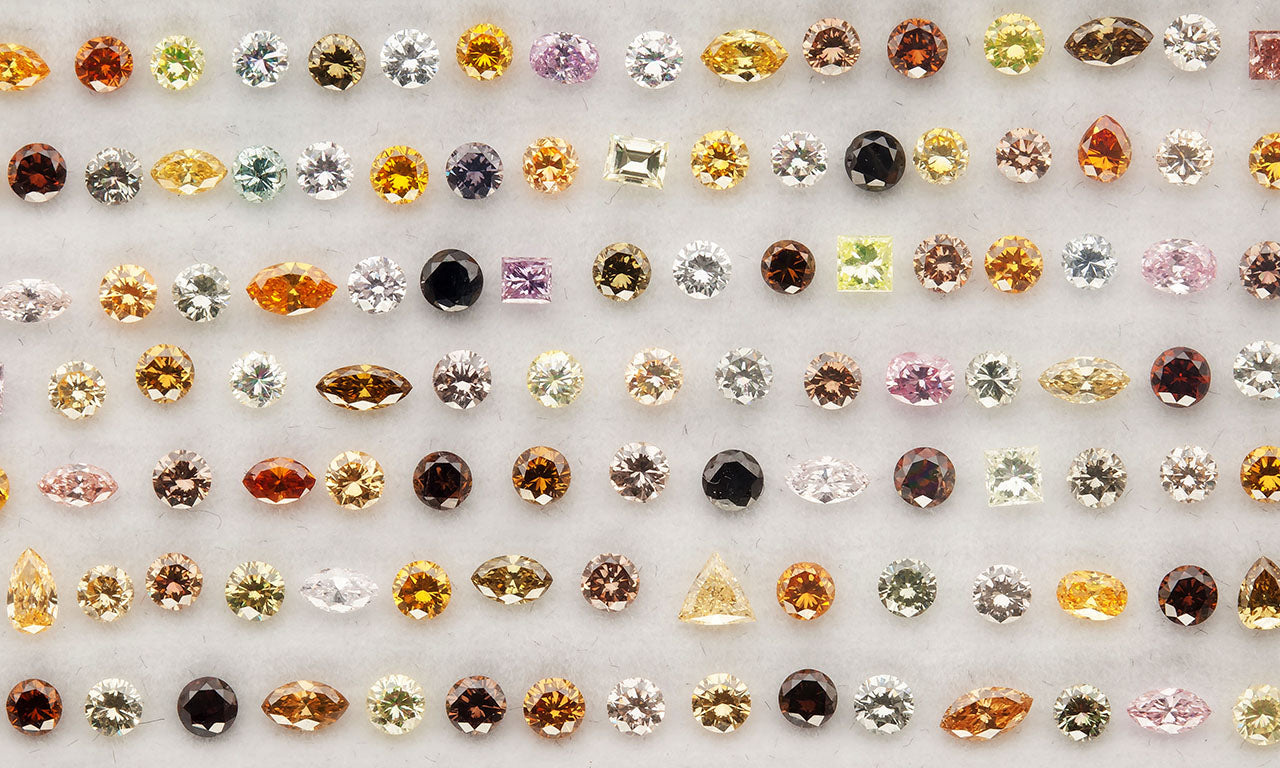
Theoretically, a human eye is able to distinguish around 13 million different nuances of color. This seems rather endless. But of course, not all individuals are the same: even if you aren’t color-blind, you might not perceive the same nuances as your neighbor.
For one, researchers have recently discovered that women can see more colors than men. Also, men have more difficulty in spotting the difference between two shades than women. You could say it’s a question of sensitivity, but scientists will tell you it’s more a question of hormones.
Another fascinating fact is that all humans normally have 3 types of cone cells in the eyes. These allow you to perceive what is called the visible spectrum. But a recent discovery shows that at least 1% of the population - mostly female, again - is genetically gifted with a fourth cone cell, which allows them to see 100 times more colors than the others!
So scientifically speaking, one can say that evaluating a diamond color and describing it is not such an easy task. Now you can just imagine the differences between laboratories that have to assess a color and give it a name! Some might call a diamond ‘peach pink’ when others might name the same stone ‘salmon pink’. And what if you personally don’t like salmon or peaches? This has to be taken into account, too. Because one judgement on a color is mostly subjective. It depends on your own taste, obviously, but it’s also highly influenced by trends. And like the butterfly effect, no one can imagine where a new trend started and why, but it always has an impact on whether a color is considered beautiful or not.
One thing is sure, you should never underestimate the power of seduction of a natural color diamond. You might fall for a lime-green stone when you thought you had always hated this color!
